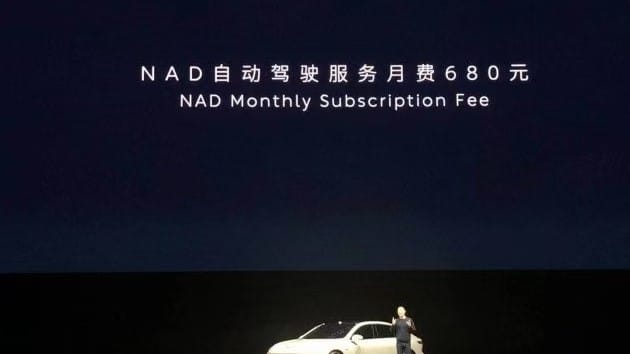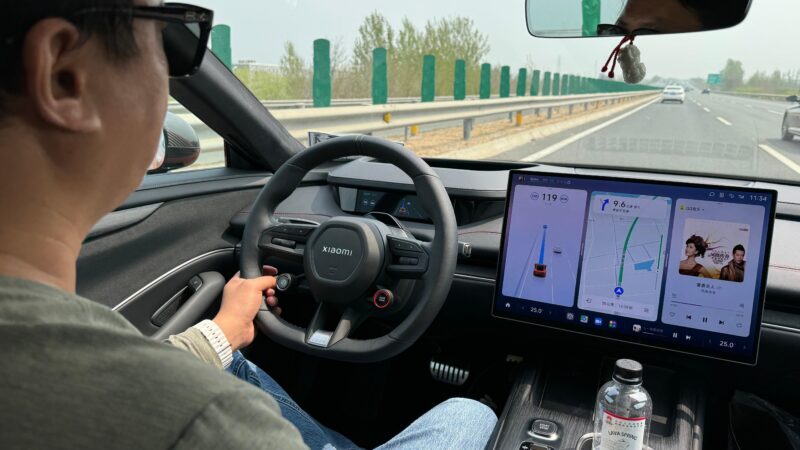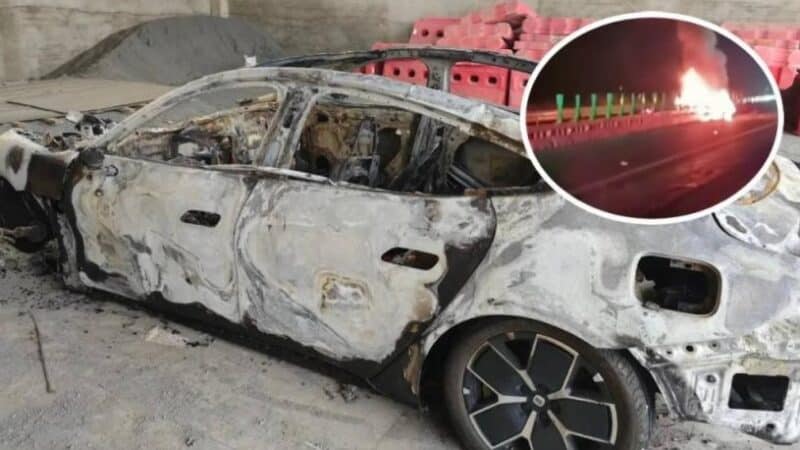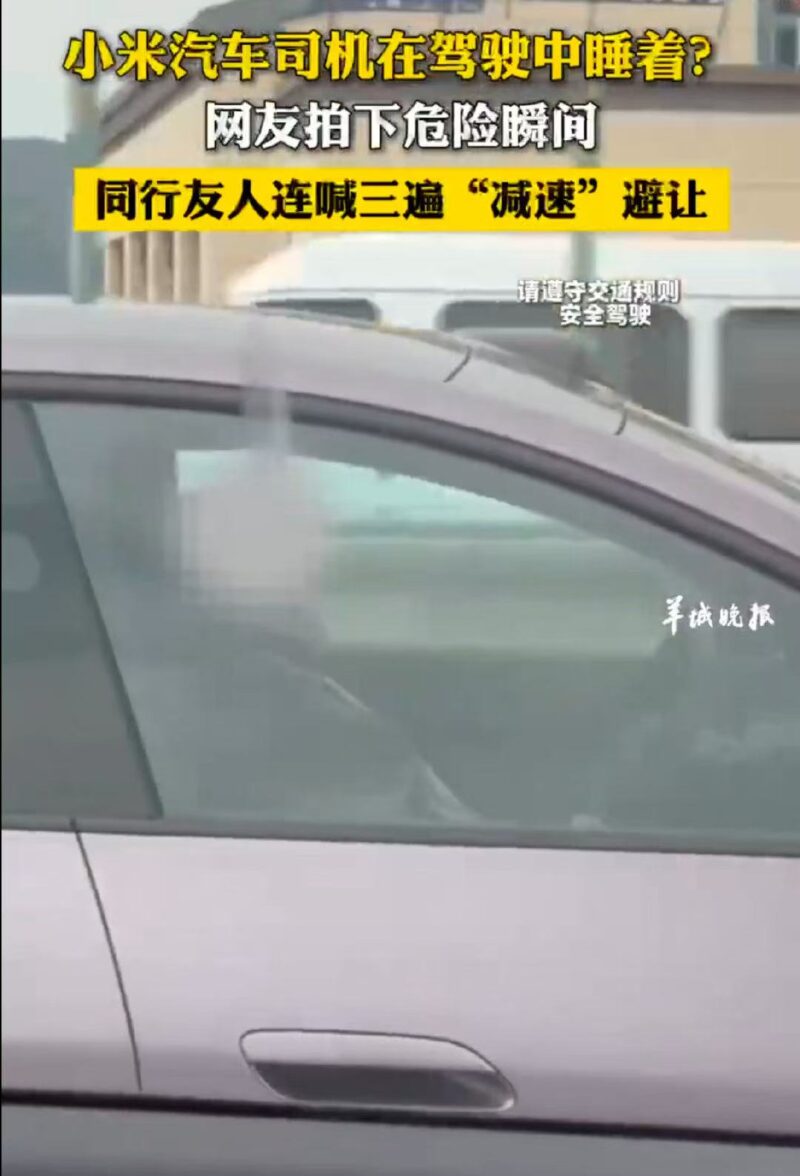On March 29th, a Xiaomi SU7 that had three young college-age girls in it crashed on a highway in Anhui Province, resulting in the loss of all three passengers’ lives. The accident gained wide attention on the Chinese internet. The car was driving in NOA intelligent driving mode when it detected an obstacle. The system took control and applied the brakes, but unfortunately, the car crashed into the side of the road at a speed of 97 km/h. We have covered the details of the accident in the previous report.
This tragedy soon led to doubts about Xiaomi and the intelligent driving feature. Xiaomi stock shrank over 120 billion Hong Kong dollars (Roughly 15 billion USD) in two days. At the same time, many people expressed doubts about intelligent driving and how it is marketed, including several government-sponsored media outlets such as Guancha.cn.
According to Guancha.cn’s report, the mother of the driver who died in the accident had warned her daughter several times about the dangers of “blindly trusting the intelligent driving function.” However, her daughter responded, saying the function was “safe to use.”
The media later pointed out that exaggerated wording in advertisements and games, along with the over-promotion of intelligent driving functions, has created confusion about the concept of “intelligent driving.” Many automakers, especially those focused on EVs, frequently use phrases such as “high-stage intelligent driving,” “auto avoiding obstacles,” or even “free your hands” to market their L2-level ADAS functions. Such wording may mislead consumers unfamiliar with the technology into believing the car can handle “most of the driving” for them, potentially leading to a loss of focus on the road.

Besides marketing language, the media also highlighted that some promotional videos feature content creators taking their hands off the steering wheel and allowing the car to drive itself for a long period of time. This could further mislead consumers into misusing L2 ADAS and not operating it safely. Shortly after, a video surfaced of another SU7 driver sleeping while the car was driving on the highway
Many Car makers are aware of the issue. Tesla removed the FSD name from its ADAS in its promotional materials; the government announced that they will regulate the use of marketing language of intelligent driving in the future.
Editor’s Comment
The focus of competition in the Chinese car market has shifted to intelligent driving features, with different automakers often promoting their systems as “better than others.” This has made intelligent driving a key factor in car-buying decisions, especially among younger generations who are more open to new technologies.
There should be stricter regulations on how these features are marketed, as well as a more thorough education process for consumers before purchasing a vehicle equipped with such technology. However, this does not mean automakers should be solely blamed for accidents—ultimately, the person behind the wheel is responsible for their own safety.
Source: Thepaper.cn





